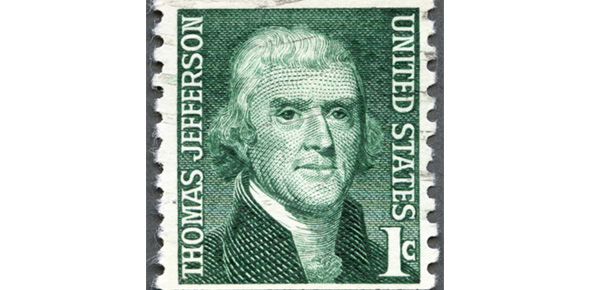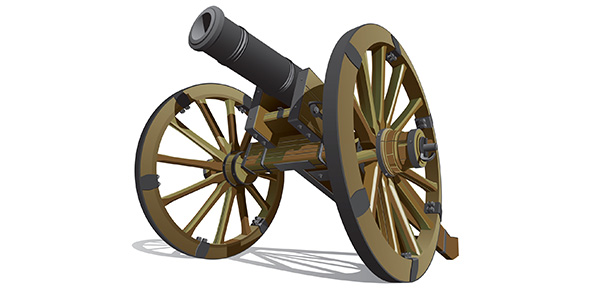Related Flashcards
Related Topics
Cards In This Set
| Front | Back |
|
Characteristics of African societies
|
In ancient Africa, the family was very important; Societies often were matrilineal; people lived in villages; Interdependence was important, because isolationists couldn't survive.
|
|
Religious thought and practices in Africa
|
Polytheism in ancient Africa; main supreme god with lesser gods all in nature; offerings and traditions often around the lesser gods who could help people more than the main god; slavery suppressed most of the original religion, but many spiritual practices form ancient Africa are still found in African Americans today.
|
|
Forms of contemporary slavery
|
Slaves are brought in from other countries to the US, working as prostitutes, farm hands, house servants, etc.
|
|
Components of the "plantation system"
|
Cash crop, abundant cheap labor supply, and land and climate
|
|
Number of Africans surviving the Middle Passage
|
9 to 12 million Africans were brought to America between 1502 and 1880s; about 1/3 died in the Atlantic crossing, and only about 5.4% of the total are brought to the British colonies in North America (about 498,000)
|
|
Number of Africans taken from the continent or dying after capture
|
...
|
|
Difficulties in establishing slavery among Indians in Mexico and Brazil
|
...
|
|
John Punch
|
John Punch was a black indentured servant in colonial times, who ran away from his plantation along with two white servants. His punishment upon capture was extremely severe compared to the others. Their punishments all included whipping, and the white guys got 4 years of servitude added to their sentence, and Punch was enslaved for life. The first documented case of racist enslavement.
|
|
Indentured servitude
|
...
|
|
Primary uses of slaves in North America
|
...
|
|
Beginning of African slavery in Virginia
|
FIrst they were indentured servants like any other indentured servant, in that they paid for their stay as servants for specific periods of time, then later they became slaves, no end of their enslavement.
|
|
Penalty for intermarriage
|
It was against the law (anti-amalgamation)
|
|
Code noir and race mixing
|
Code noir (The Black Code) was a decree passed by France in 1685, defininig the conditions of slavery in the French colonial empire; Married men will be fined for having children with slaves; children between a male slave and female free woman are free, children between a female slave and free man are slaves.
|
|
Why Chesapeke planters came to rely more on slaves
|
They had crops such as tobacco, which required intensive labor for cultivation, and the declining availablity of white indentured servants make the planters turn towards slave labor.
|
|
Principle characteristics of slavery in British North America by 1700
|
....
|






